Give your students a checklist when summarising nonfiction texts to make sure they include everything required.
Nonfiction Summarising Printable Checklist
Are you learning about summarising nonfiction texts? Have these printable checklists printed and ready for your students to check if they have included/or not included what is required in the summary?
The checklist includes the following:
- is around 4-5 sentences
- clearly states the main idea
- includes only the most important details from the text
- includes your own words
- is not copied word for word from the text
- does not include your opinion
Learning How to Summarise
Are you students still finding providing a summary of a nonfiction text tricky? Why not use some of these supportive resources:
Download and Get Summarising!
Use the dropdown menu to choose between the PDF or editable Google Slide version of this resource.
This resource was created by Lindsey Phillips, a Teach Starter collaborator.


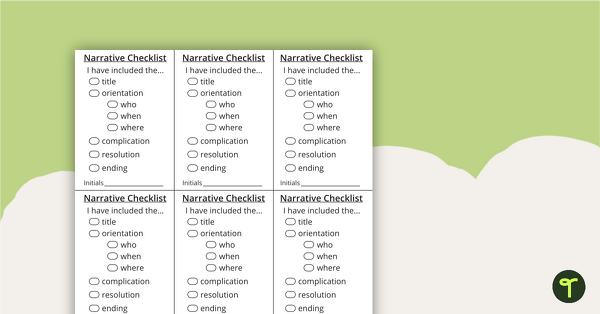
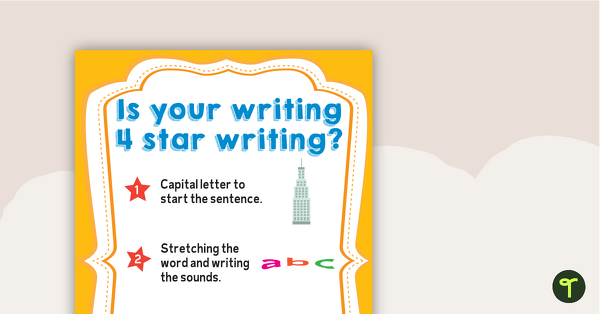
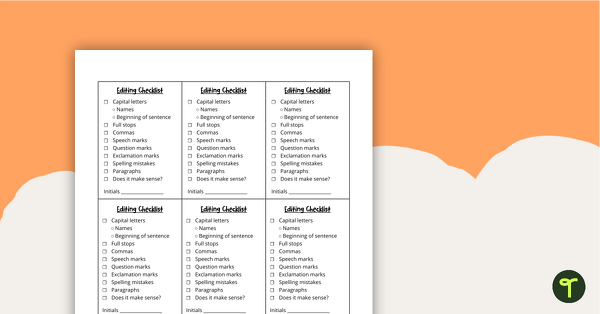
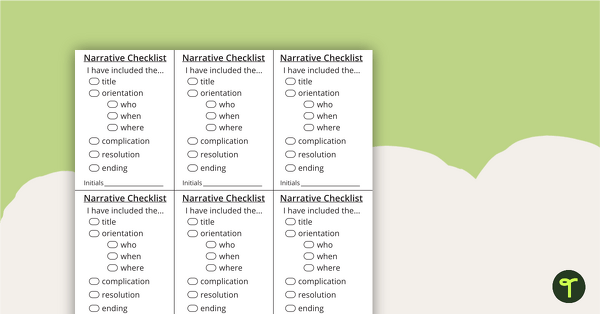


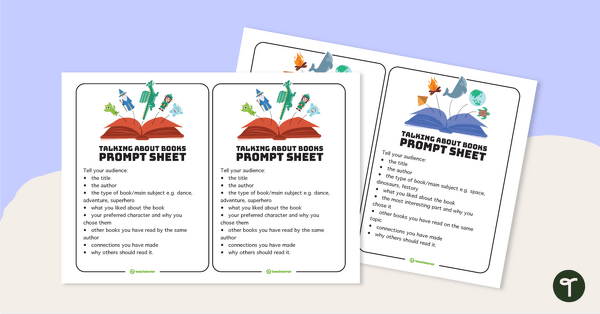

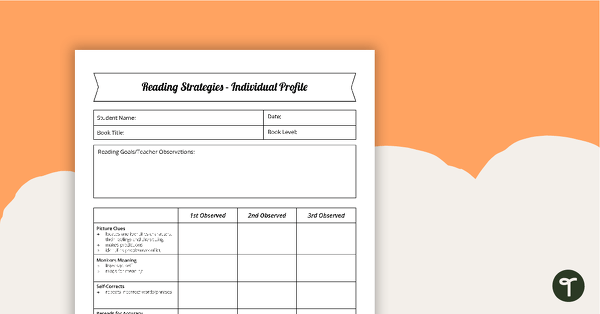
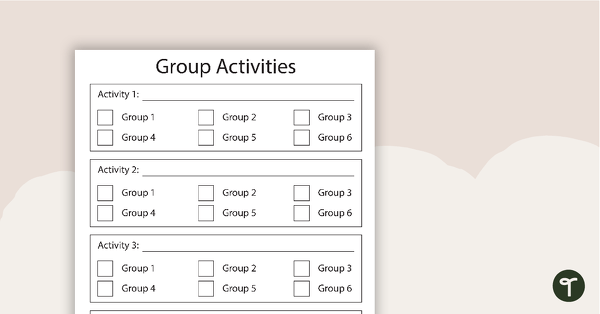
0 Comments
Write a review to help other teachers and parents like yourself. If you'd like to request a change to this resource, or report an error, select the corresponding tab above.